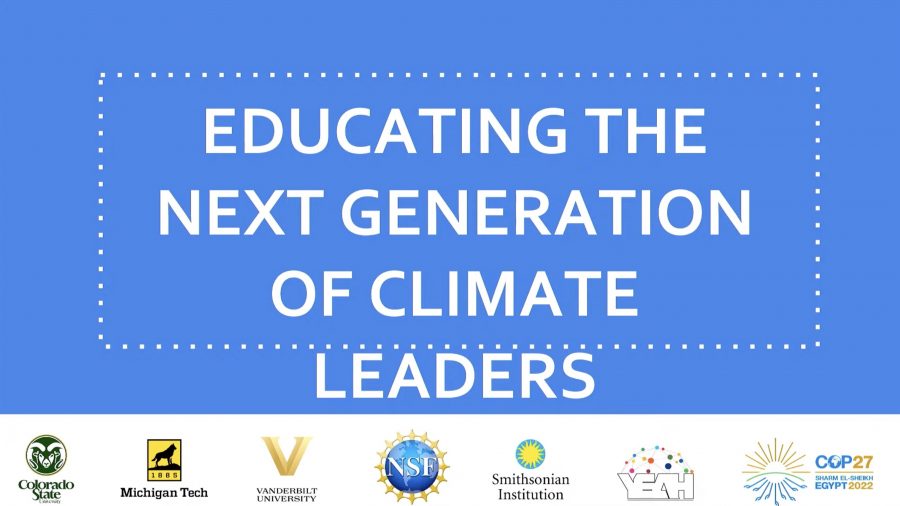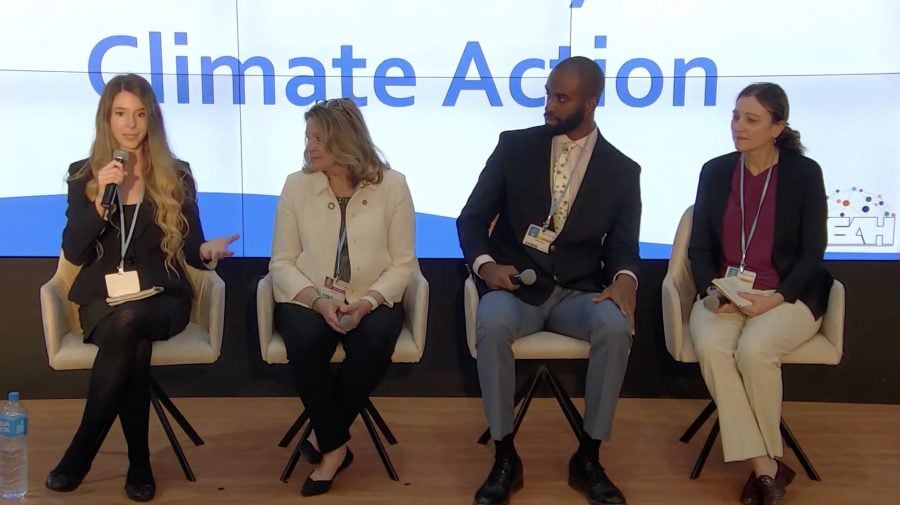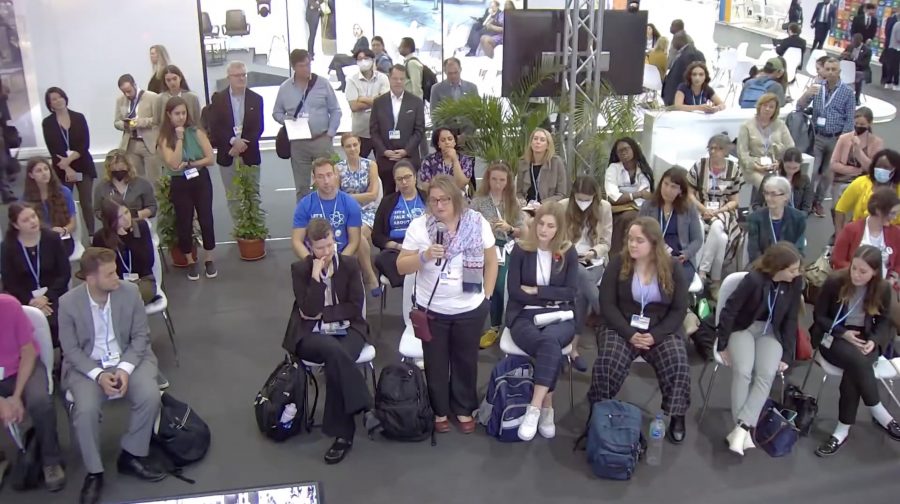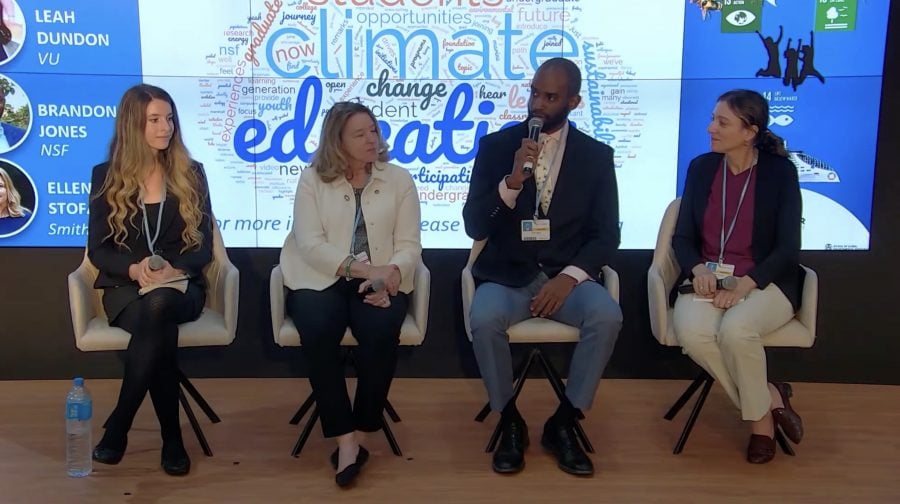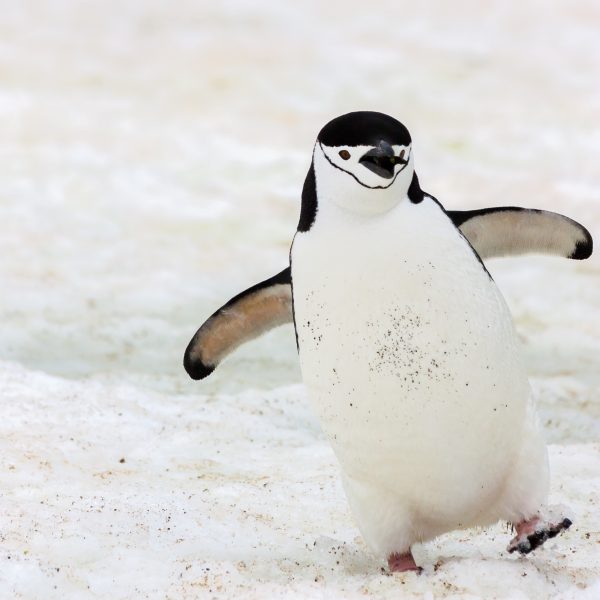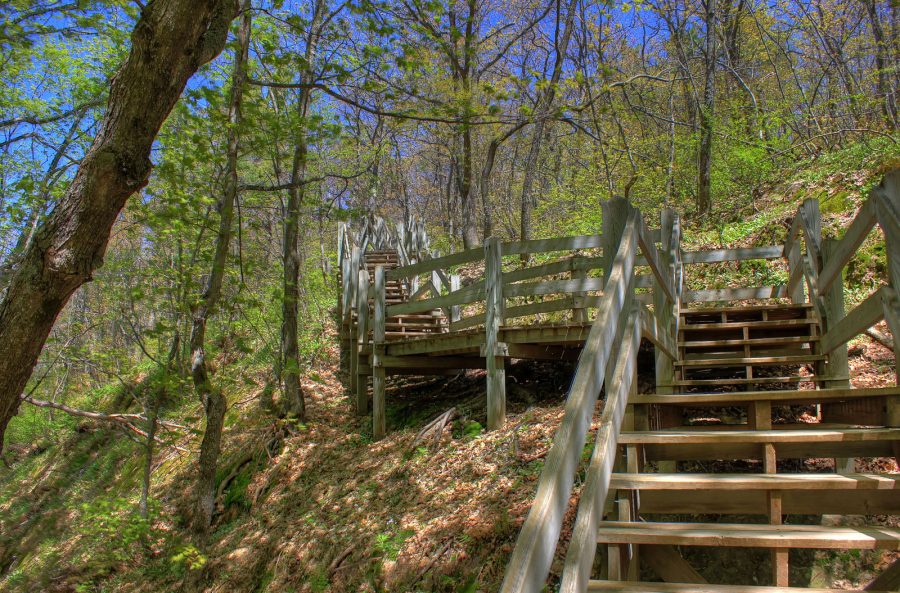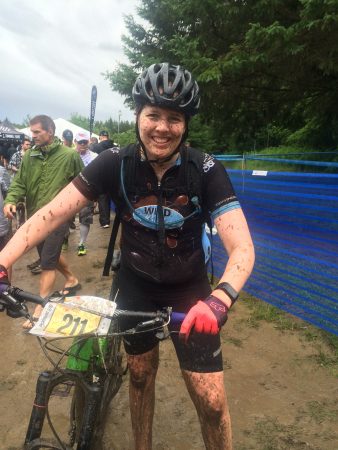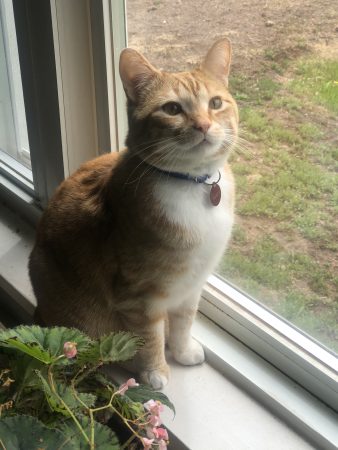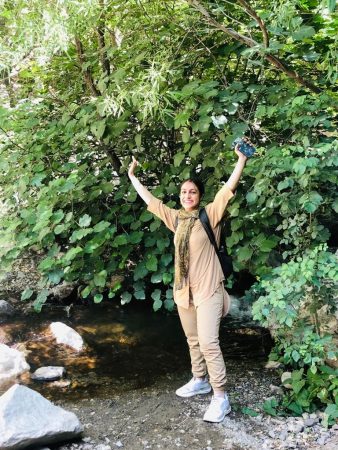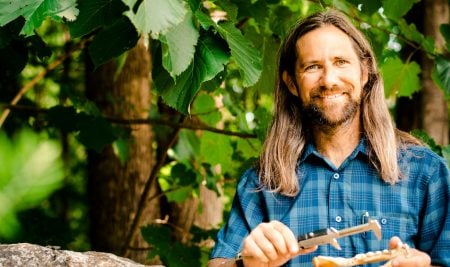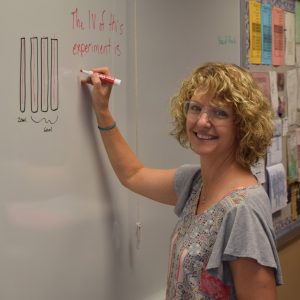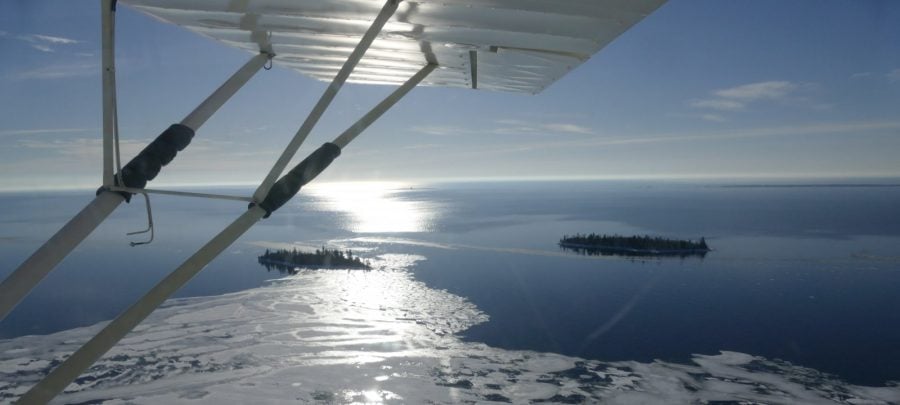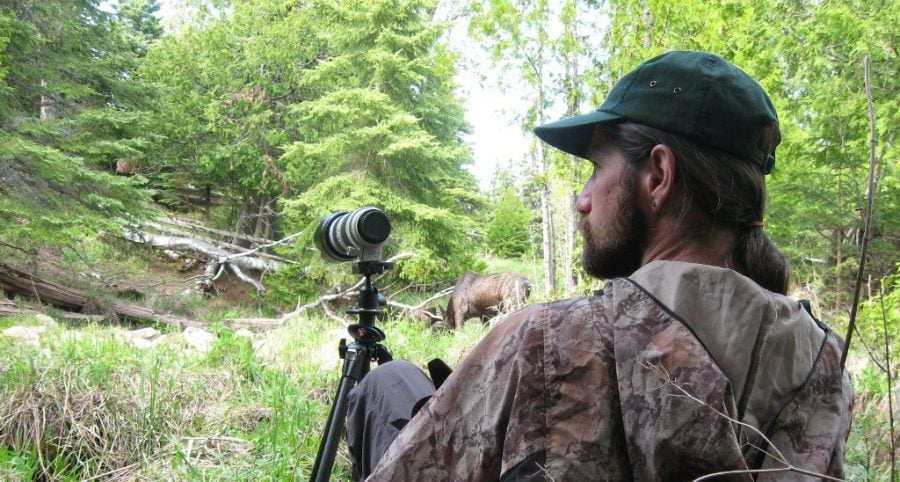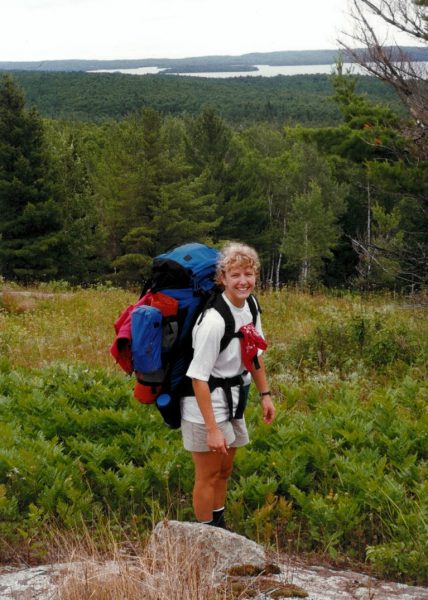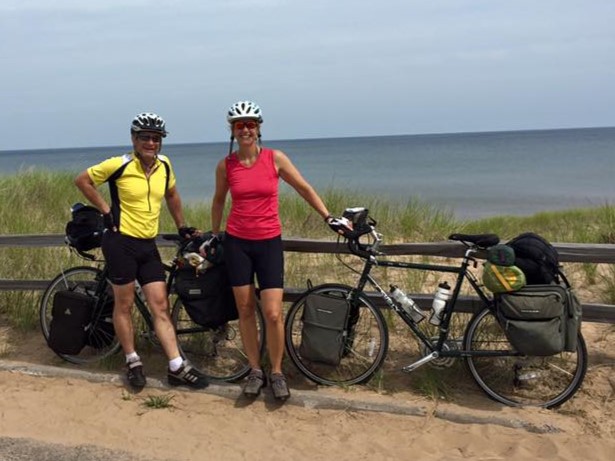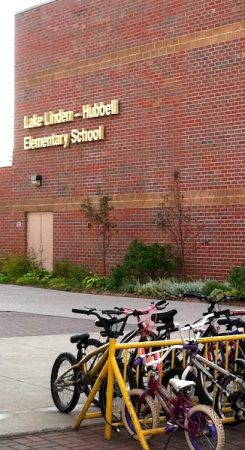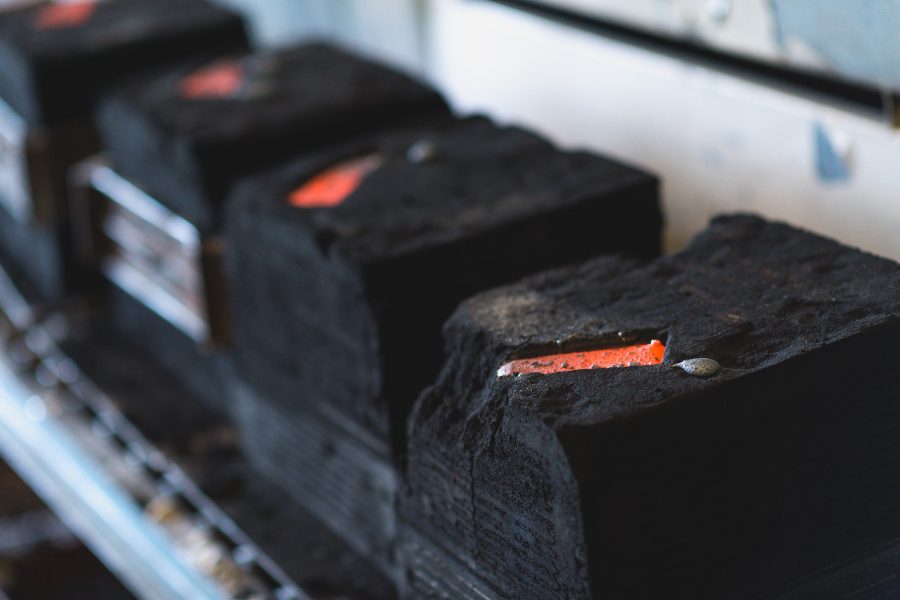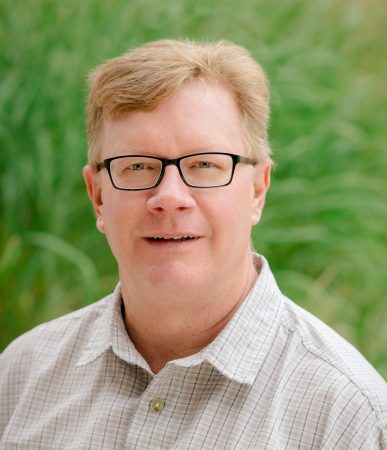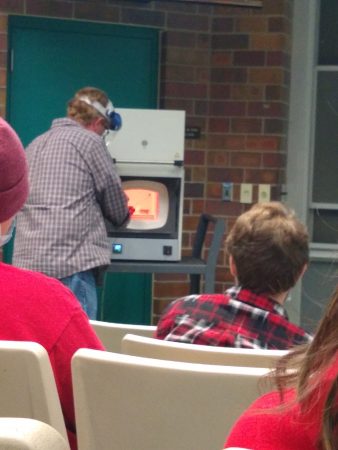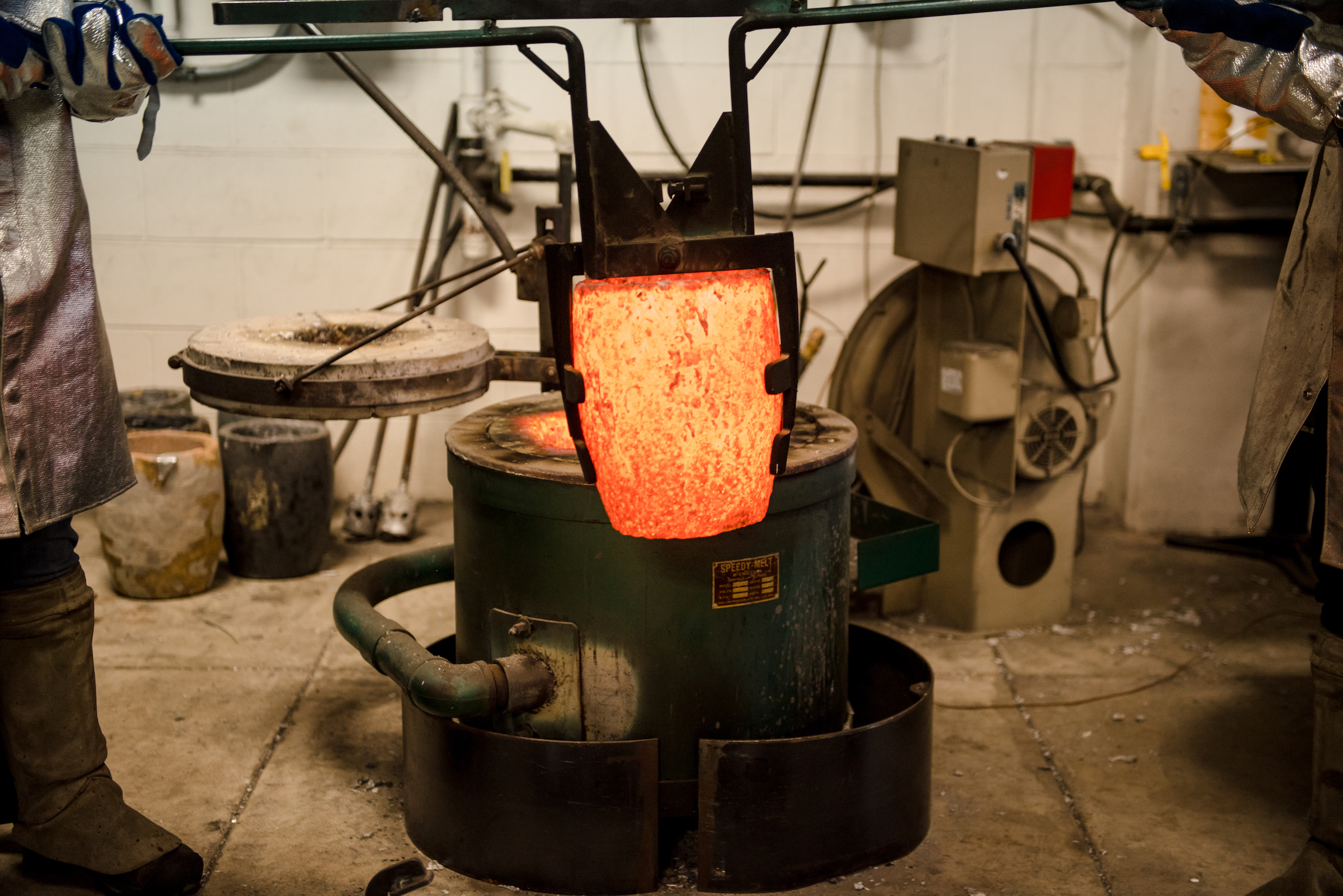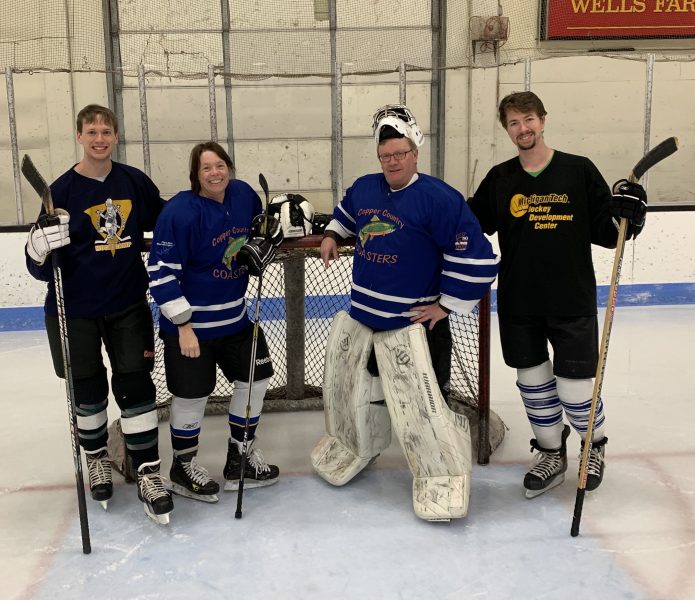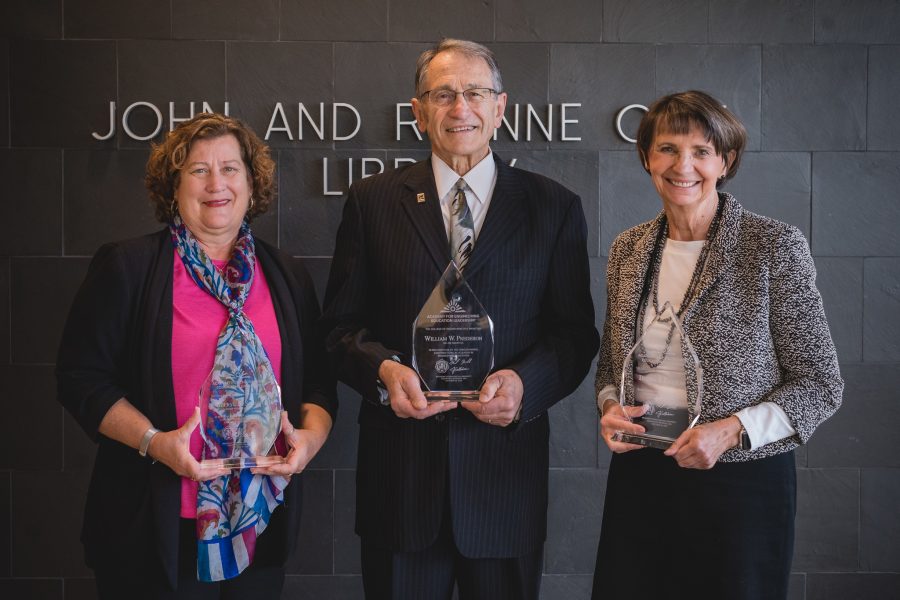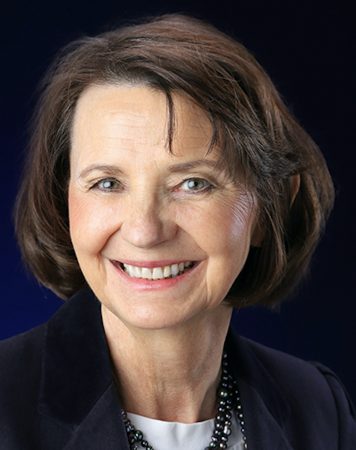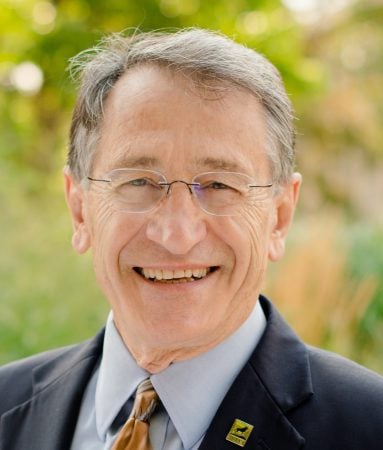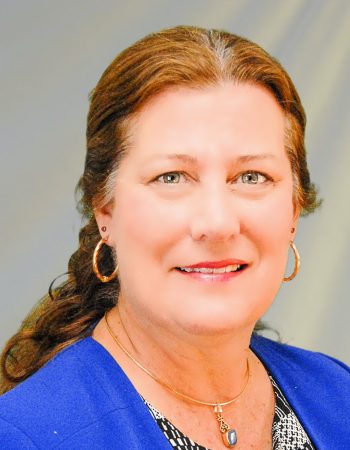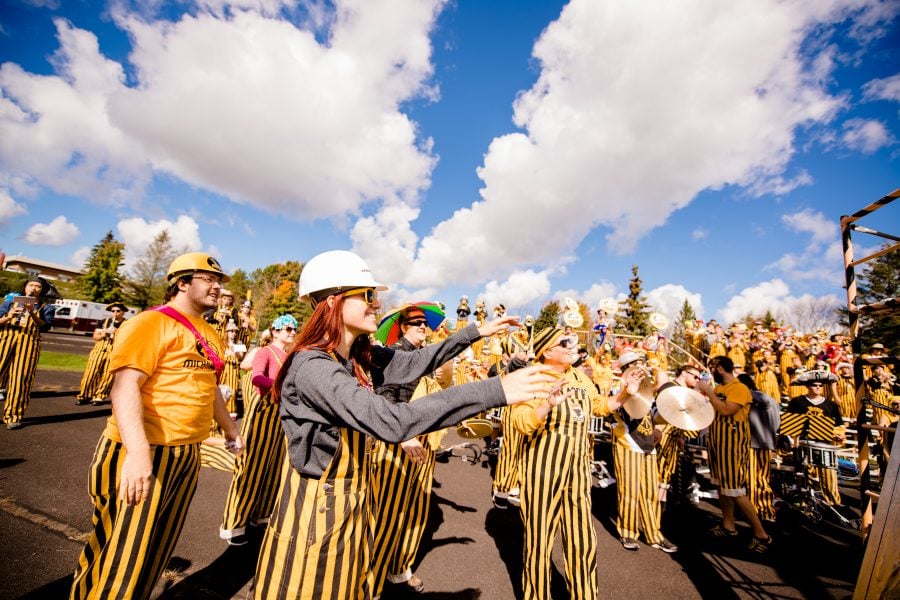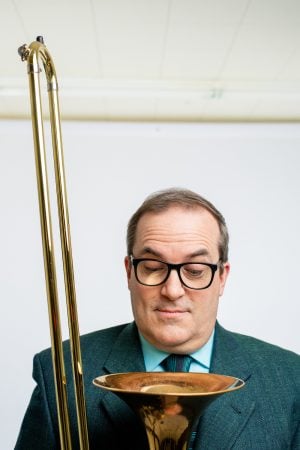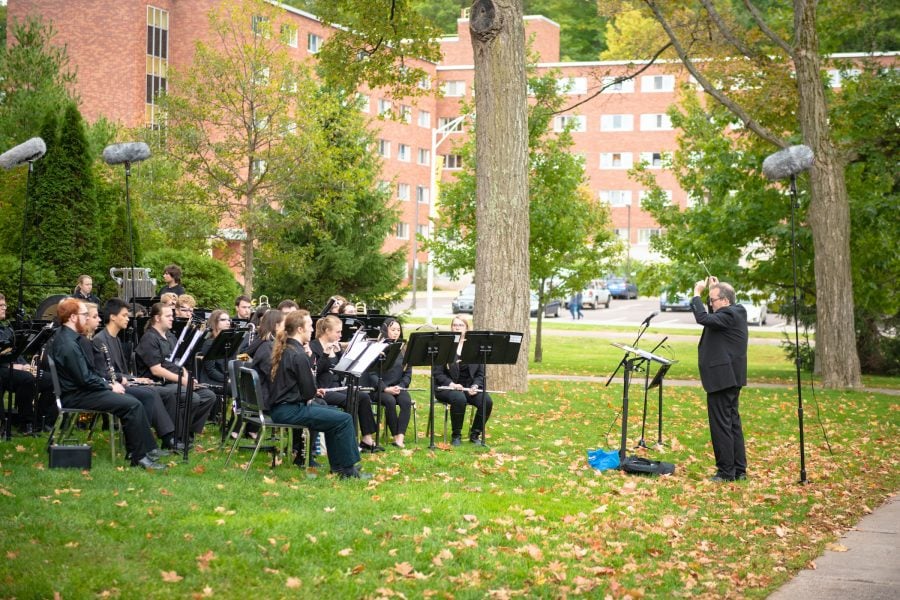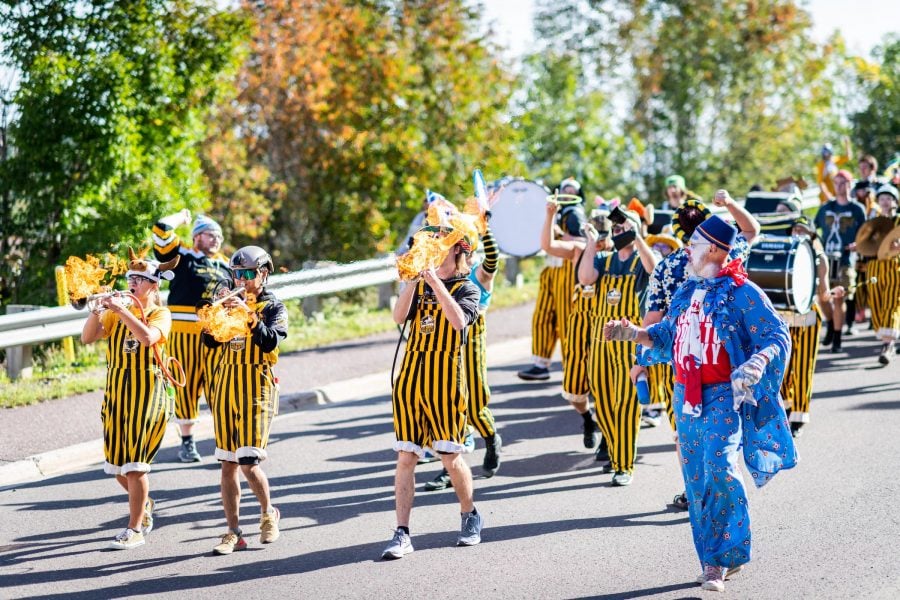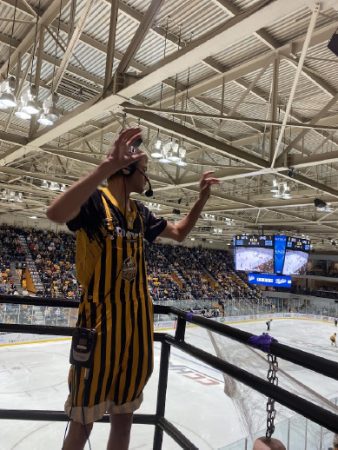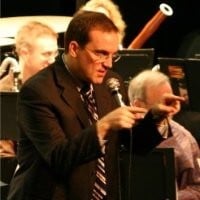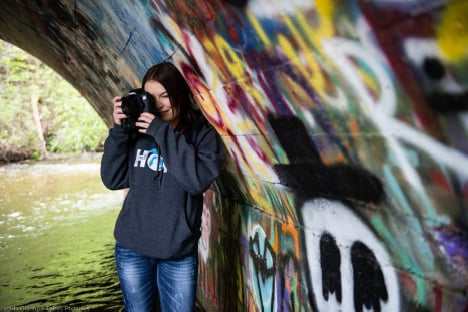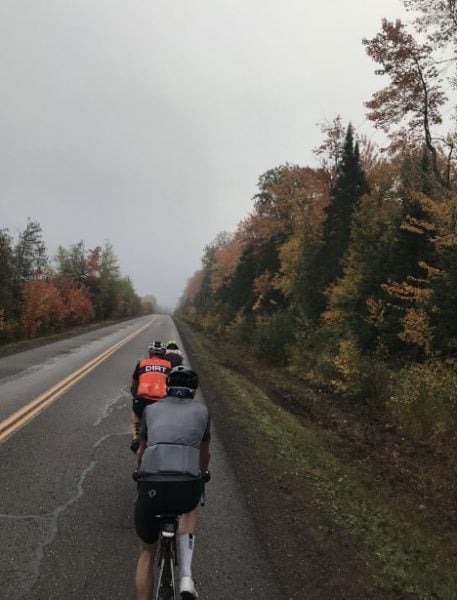Please join the Great Lakes Research Center (GLRC) in congratulating the Summer and Fall 2022 GLRC Student Research and Travel Grant recipients.
The GLRC student grants are intended to provide undergraduate and graduate students advised by GLRC members an opportunity to gain experience in writing competitive grants, to perform research they would not be able to attempt due to funding limitations, or to travel to a professional conference to present a poster or paper about their research.
Student grants also provide research seed data for advisors to use in pursuing externally funded research support and travel grants help amplify areas of research expertise at Michigan Tech. Funded students are expected to participate/volunteer for at least one GLRC activity during the grant period.
Student Research Grant recipient:
- Rose Daily, Ph.D. student — Civil, Environmental, and Geospatial Engineering
- GLRC member advisor: Daisuke Minakata
- Research proposal: “Elucidation of Reaction Mechanisms of Solvated Electrons with PFOA, PFOS, and GenX”
Student Travel Grant recipients:
- Timothy Stone, M.S. student — Social Sciences
- GLRC member advisor: Donald Lafreniere
- Attending: 2022 Social Sciences History Association Annual Conference
- Presentation: “Exploring the Built and Social Determinants of Health in a 20th Century Industrial City”
- Mai Anh Tran, Ph.D. student — College of Forest Resources and Environmental Science
- GLRC member advisor: Valoree Gagnon
- Attending: History of Science Society 2022 Annual Meeting – Sustainability, Regeneration, and Resiliency
- Presentation: “Tracing the Resilience Concept Through the History of Science and the Lens of Indigenous Knowledge”
- Tessa Tormoen, B.S. student — Biological Sciences
- GLRC member advisor: Jill Olin
- Attending: The Wildlife Society National Conference 2022
- Presentation: “Using DNA Metabarcoding to Evaluate Dietary Resource Partitioning Among Two Sympatric Tilefish”
- Emily Shaw, Ph.D. student — Civil, Environmental, and Geospatial Engineering
- GLRC member advisor: Noel Urban
- Attended: 2022 American Chemical Society Fall Meeting – Sustainability in a Changing World
- Presentation: “Toxicity in Fish Tissue: Redefining Our Understandings by Quantifying Mixture and Combined Toxicity”
- Enid Partika, Ph.D. student — Civil, Environmental, and Geospatial Engineering
- GLRC member advisors: Judith Perlinger, Noel Urban
- Attending: Dioxin 22 – 42nd International Symposium on Halogenated Persistent Organic Pollutants
- Presentation: “Filling the Data Gap on Responses of Fish PCB Content to Remedial Actions in Torch Lake, Michigan”
- James Juip, Ph.D. student — Social Sciences
- GLRC member advisor: Donald Lafreniere
- Attending: Social Science History Association Annual Meeting – Reverberations of Empire: Histories, Legacies & Lineages
- Presentation: “Utilizing HSDIs to Support Community Engaged Interdisciplinary Education and Heritage Interpretation”
- John McCall, M.S. student — Biological Sciences
- GLRC member advisor: Gordon Paterson
- Attending: The Wildlife Society Annual Conference
- Presentation: “Evaluating Genotoxicity of Mine Tailings on Two Game Fish in a Spawning Reef in Lake Superior (Michigan)”
The GLRC awarded travel grants to the following students attending COP27, in Sharm El-Sheikh, Egypt, with Sarah Green (Chem):
- Rose Daily, Ph.D. student — Civil, Environmental and Geospatial Engineering, speaking on the U.S. Center Panel on the topic of “Climate Education in the US”
- Ayush Chutani, Ph.D. student — Mechanical Engineering-Engineering Mechanics, participating in U.N. side event “Climate Leadership Across Generations”
- Katherine Huerta-Sanchez, M.S. student — Social Sciences, presenting “Voices and Visions: The Art and Science of Climate Action. Youth Environmental Alliance in Higher Education (YEAH ) and PEACE BOAT US”
- Anna Kavanaugh, B.S. student — Social Sciences, presenting “From the Roots Up: Community Solutions for Reducing Food Waste”
- Zachary Hough Solomon, M.S. student — Social Sciences, presenting “The Knowledge and Policy Disconnect: Using Local Knowledge to Inform Climate Science”
GLRC Student Travel Grant applications are accepted anytime and will be reviewed on the last Friday of each month. Applications must be submitted at least two weeks in advance of travel. GLRC Student Research Grant applications are accepted three times each year — Nov. 1, March 1 and July 1.
By the Great Lakes Research Center.
